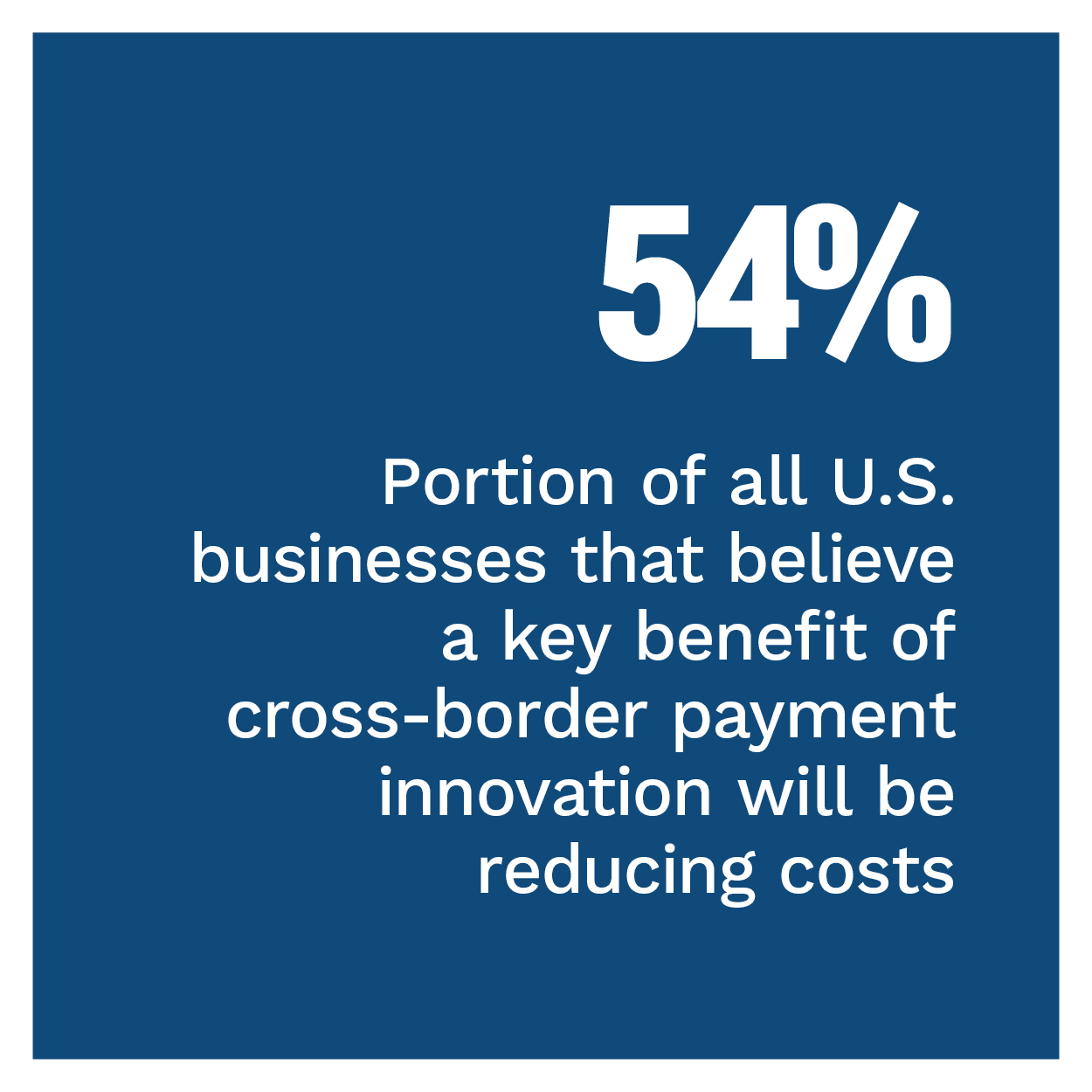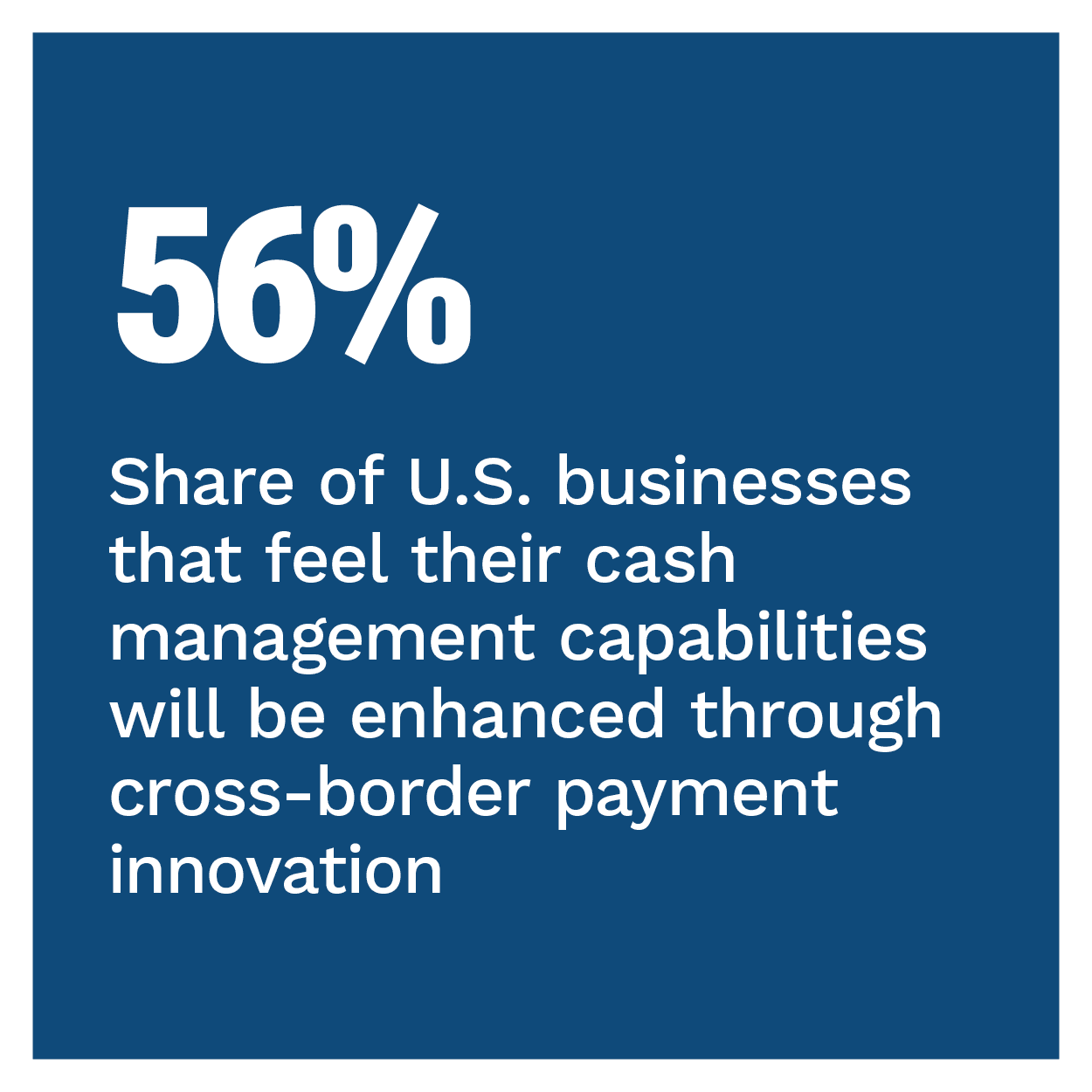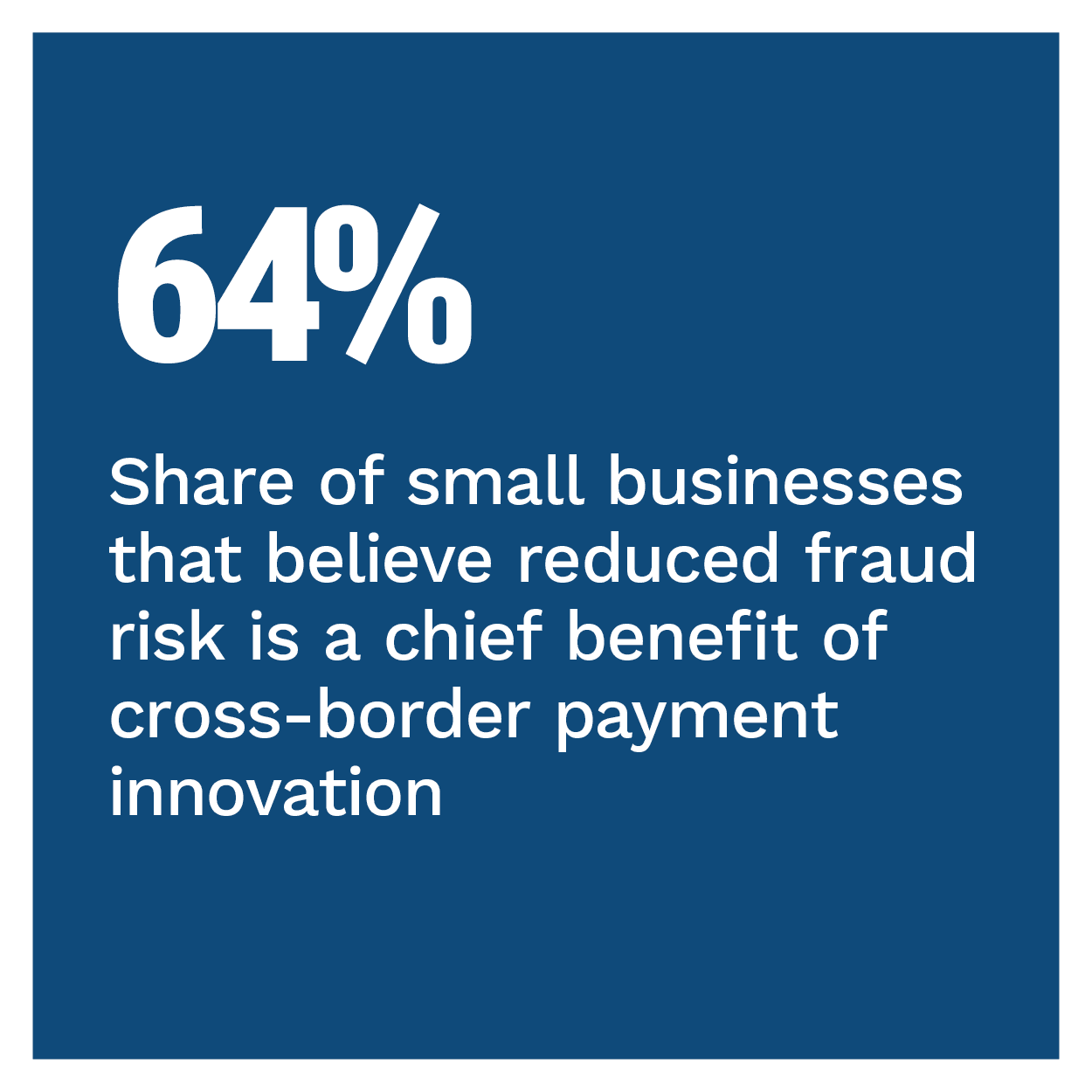The speed of commerce keeps accelerating — except in the case of businesses getting paid by international customers. Consumers take for granted the ability to use smartphones to make real-time payments or transfer money instantly to family and friends via mobile app, yet the B2B cross-border payment system still processes transactions on a scale of days to weeks.
In this month’s Real-Time Payments Tracker®, PYMNTS explores the frictions involved in cross-border payments and the real-time solutions being leveraged to simplify and streamline these processing delays .
.
Developments From Around The World Of Real-Time Payments
High costs, slow processing speeds and high error rates top businesses’ list of complaints about the current cross-border payment system, according to a report. Seventy-one percent of those surveyed agreed that the system is problematic, with error rates of up to 6 percent, processing times of up to five days and transaction costs of anywhere from $30 to $100. The report concludes that blockchain technology can increase speed and reduce costs by cutting out middlemen in the correspondent banking system.
Two international banks are experimenting with using multi-central bank digital currency (m-CBDC) to shortcut the standard cross-border payment process. The Banque de France and Monetary Authority of Singapore performed a series of simulated transactions using CBDCs and the Singapore dollar and digital euro following a similar trial run last month between the Banque de France and the Swiss National Bank. CBDCs are still in the hypothetical stage but are drawing more scrutiny as a possible longer-term solution to the cross-border payments problem.
Further changes in the cross-border payments space have been underway as well, with SWIFT launching Payment Pre-validation, a service that allows banks to confirm payee account information before sending a payment. Inaccurate data about payees is a main cause of failed cross-border payments, eating up substantial time and resources to correct. The company said it developed the service in close cooperation with financial institutions (FIs) to eliminate frictions in international payments by verifying account details in real time.
with SWIFT launching Payment Pre-validation, a service that allows banks to confirm payee account information before sending a payment. Inaccurate data about payees is a main cause of failed cross-border payments, eating up substantial time and resources to correct. The company said it developed the service in close cooperation with financial institutions (FIs) to eliminate frictions in international payments by verifying account details in real time.
For more on these and other real-time payments news items, download this month’s Tracker.
Citi On How Faster Global Payments Can Lift All Boats
The pandemic has changed the way the global economy pays and gets paid for goods and services, with consumer behavior accelerating this with a greater uptake in online shopping and digital payments. With this change came a renewed need to improve real-time payments.
Modernizing worldwide payment infrastructures could lift the world’s economy, according to Melissa Tuozzolo, head of Payments Financial Market Infrastructure and Industry at Citi. In this month’s Feature Story, Tuozzolo discusses how upcoming changes, such as SWIFT’s release of ISO 20022 standards, increased use of application programming interfaces (APIs) and emerging innovations, such as blockchain, will help smooth sources of payment frictions.
Deep Dive: Why The Future Of Global Commerce Rests On Real-Time Rails 
Legacy cross-border payment systems are adding a headwind for businesses navigating the choppy waters of cross-border payments, but industry pressures are driving real-time payment systems to the rescue. Multinational banking houses are building their own payment rails that shortcut existing networks, and innovative solutions such as blockchain are being explored as a way to reimagine how businesses pay one another.
This month’s Deep Dive looks at how FIs are being pushed to upgrade their systems, smooth out frictions and speed up payments.
About The Tracker
The Real-Time Payments Tracker®, done in collaboration with The Clearing House, is your go-to monthly resource for updates on trends and changes in real-time payments.

